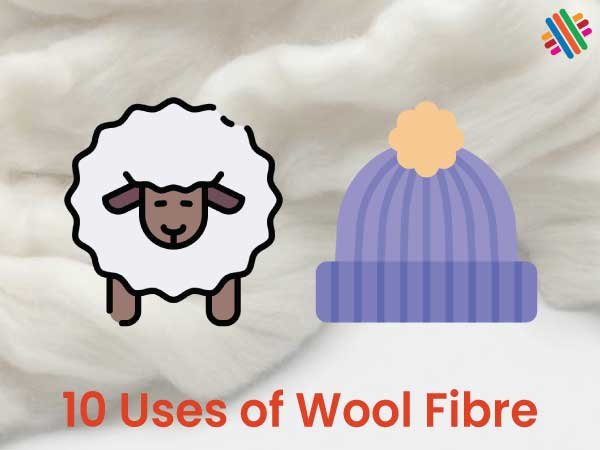Hemp Vs Linen: Find the 10 Key Differences
Last updated on June 1st, 2023 at 04:02 pm
Linen and hemp fiber are two very confusing fibre names. Many people mistake these two for the same thing. We will learn about these two fibers and their differences in this article.
Hemp and linen are two natural fibers used for clothing, textiles, and other products for thousands of years. They are both excellent natural fiber options that benefit consumers and the environment.
Both hemp and linen have many benefits, including being naturally antimicrobial, hypoallergenic, and resistant to mildew. They are both biodegradable and can be recycled or composted at the end of their lifespan.
Hemp Fibre
Hemp fiber is a natural fiber that comes from the stem of the hemp plant. It is a versatile material used for thousands of years for various applications such as textiles, paper, and building materials.
Hemp fibers are long, strong, and durable, and they have a high tensile strength, which makes them ideal for use in the production of ropes, twines, and cordage. They are also lightweight, absorbent, and
breathable, making them suitable for textiles and clothing.
Hemp fibers are environmentally friendly, biodegradable, renewable, and can be grown without pesticides or herbicides. Additionally, hemp plants are known for absorbing carbon dioxide from the atmosphere, making them a potential tool in mitigating climate change.
Hemp fiber has been resent recently due to the growing interest in sustainable and eco-friendly materials. It is increasingly used in clothing, paper, and building materials, and there is an increasing need for hemp-based products in various industries.
Linen Fibre
Linen fiber is a natural fiber that comes from the stems of the flax plant. It is one of the ancientest fibers humans use, dating back to ancient Egypt and the Mediterranean territory. Linen fibers are known for their resilience, durability, and capacity to soak moisture.
Linen fibers are smooth and shiny, with a natural lustre that gives them a lavish appearance. It is lightweight and breathable, creating it an ideal material for clothing, bedding, and tablecloths. Linen fibers are also highly absorbent, which makes them comfortable to wear in hot and moist climates.
One of the unique features of linen fiber is its ability to become softer and more lustrous with every wash. This process is known as “linen bloom” and is a natural characteristic of the fiber. Linen
fibers are also naturally anti-bacterial, making them a popular choice for kitchen towels and other household linens.
Linen fiber is eco-friendly and sustainable, as flax plants require less water and fewer pesticides than other crops, such as cotton. Additionally, every part of the flax plant can be used, making it a zero-waste
material.

Difference Between Hemp and Linen
| Talking Point | Hemp | Linen |
|---|---|---|
| Source | Hemp comes from the cannabis plant. | Linen comes from the fibers of the flax plant. |
| Thickness | Hemp fibers are typically coarser than linen fibers. | Linen fibres are thinner than hemp fibres. |
| Strength and durability | Hemp fibers are generally more robust and more durable than linen fibers. | Linen fibres are not as strong and durable as hemp fibre. |
| Comfort | Hemp fibre is not as comfortable as linen. It is rough and stiff, especially when untreated or unprocessed. | Linen fibers are also more absorbent than hemp fibers, making a better choice for clothing that needs to be breathable and comfortable in warm weather. |
| Sustainability | Hemp requires fewer resources to grow than most other crops and can be grown without pesticides or herbicides. | Flax is a relatively low-impact crop, requiring fewer resources than many other plants. |
| Cost | Hemp is typically more expensive than linen due to its scarcity and the high cost of production. | Linen is more widely available and less expensive to produce, making it a more cost-effective option for many applications. |
| Elasticity | Hemp fibre has less elasticity. | Linen fibre has more elasticity compared to hemp. |
| Dye ability | Very difficult to dye. | Not so difficult to dye. |
| Color | The color of hemp is yellowish-gray to dark brown. | The color of the linen fibers is yellowish to gray. |
| Length | Hemp fibers vary between 4 and 7 feet in length. | Linen is generally 1.5 to 3 feet in length. |


![Top 20 Natural Fibres in Textiles [2025] – Complete Guide.](https://textileapex.com/wp-content/uploads/2025/05/top-20-fibres.jpg)
